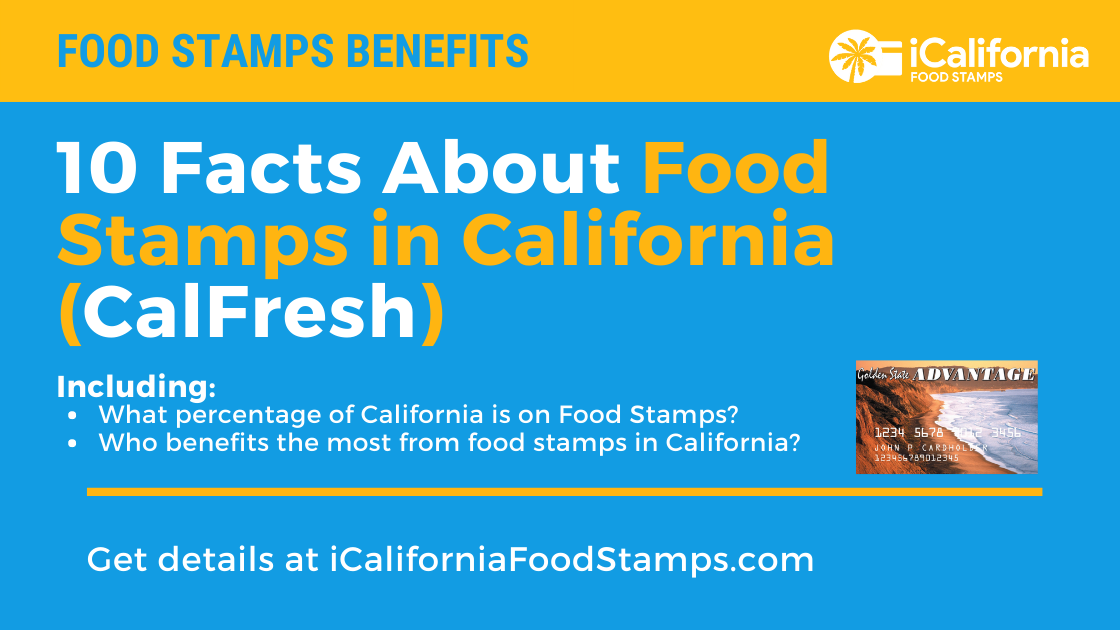Easy, Science-Backed Method to Make Rock Candy at Home
Overview: What You’ll Make and Why It Works
Rock candy is crystallized sugar grown from a supersaturated solution on a stick, string, or swizzle. You’ll dissolve more sugar into hot water than it can hold at room temperature; as it cools and rests, sugar comes out of solution and forms large crystals on a prepared surface. This project doubles as a kitchen science experiment and a fun, low-cost treat.

Source: exatasresolve.com.br
At a glance, you’ll prepare a clean jar, make a hot sugar solution, seed a stick or string with sugar, suspend it in the jar, and let it grow undisturbed for several days. Many home and educational sources outline the same fundamentals: dissolve sugar into boiling water, cool briefly, pour into jars, insert a pre-sugared stick/string, and wait several days for large crystals to form [1] . Video demonstrations show the same steps and emphasize seeding, dissolving fully, and minimizing movement for clearer, larger crystals [2] . Multiple kitchen tutorials also recommend coating the skewer in sugar first and letting jars rest 1-2 weeks for substantial crystal growth [3] , [4] .
Ingredients and Equipment
Ingredients (baseline batch):
- Granulated sugar (about 4-5¼ cups per 2-3 cups water, depending on jar count and size for one small set)
- Water (2-3 cups per batch)
- Food coloring (optional)
- Flavoring extracts (optional)
Equipment:
- Small saucepan and wooden spoon
- Clean glass jars (tall and narrow jars work well)
- Wooden skewers, cotton string, or swizzle sticks
- Clothespins or clips to suspend sticks
- Paperclip/washer if using string (to weigh it)
Authoritative how-tos align on these basics, including the jar preparation, seeding the stick or string with sugar, and slowly dissolving sugar into boiling water before cooling [1] , [3] , [4] , [2] .
Step-by-Step: Proven Method for Big, Clear Crystals
-
Prep your sticks/strings (seed crystals): Briefly wet the lower half of each skewer or string, roll it in granulated sugar to coat, and let dry fully (an hour to a full day works). This gives crystals a place to start and can improve growth consistency [2] , [3] , [4] .
-
Set up jars: Clean jars thoroughly and ensure they’re not cold (rinse with warm water if needed). Attach a clothespin to each skewer/string so it hangs centered and about 1 inch from the bottom. Avoid contact with sides or bottom to allow easy removal later [4] , [1] .
-
Make a supersaturated sugar solution: Bring 2 cups water to a boil over medium heat. Slowly add 4 cups sugar, about 1/2 cup at a time, stirring until fully dissolved before the next addition. Continue until the solution looks clear and syrupy, then boil vigorously, remove from heat, and cool 15-20 minutes. This staged addition ensures a stable supersaturated solution [1] . Variations use roughly 3 cups water to 5¼ cups sugar for several jars; simmer 10-15 minutes to fully dissolve and concentrate [3] . Tutorials also show adding sugar gradually to boiling water and cooling briefly before pouring [2] , [4] .
-
Color and flavor (optional): Stir in food coloring and a few drops of extract after removing from heat. Many guides add color/flavor either in the pot or per jar for variety [1] , [3] .
-
Pour and insert: Carefully pour the warm syrup into jars, nearly to the top. Cover loosely (wax paper or a clean bag) to keep out dust. Insert the dried, sugared stick or string, keeping it centered and off the bottom. Minimize movement once placed to avoid knocking off forming crystals [1] , [4] .
-
Grow time: Place jars in a warm, dry, undisturbed spot. You may see crystals within hours, but fuller growth typically takes 6-7 days; some methods allow 1-2 weeks for larger clusters. Gently crack any surface crust before removing sticks, then let excess syrup drip off before enjoying [4] , [3] .
Science and Best Practices for Success
Crystallization depends on a supersaturated solution and controlled cooling. When the hot solution cools, it can’t hold all dissolved sugar, so sugar molecules deposit on available surfaces-preferably your seeded stick or string. Demonstrations emphasize complete dissolution, seeding, and keeping the setup steady to yield uniform crystals [2] . Kitchen labs advise boiling and then cooling briefly to avoid melting the seed layer and to make transfer safer, and note that tall, narrow jars help concentrate growth along the hanging stick [1] .
For bigger, clearer crystals:
- Ensure all sugar dissolves fully before cooling to prevent cloudy deposits [1] .
- Let the seeded sticks dry completely so seed crystals adhere and don’t wash off in the warm syrup [2] , [4] .
- Keep jars still; vibration can knock off forming crystals or encourage unwanted wall growth [4] .
Flavor, Color, and Format Variations
You can infuse flavor with a few drops of extracts like vanilla, peppermint, or lemon during the cooling phase. Food-grade colors produce vibrant crystals; add different colors to separate jars for a variety pack. Authoritative kitchen projects support both stick and string formats. If using string, tie one end to a pencil and hang a weighted end (paperclip/washer) so it stays centered and off the bottom-an approach widely documented in step-by-step guides [1] .
Real-world example: One home method divides a large batch into several jars and colors each differently, letting them rest 6-7 days before removing. The author notes crystals start forming within hours, but patience yields better size and structure at the week mark [4] . Another recipe suggests a longer window-1-2 weeks-for a more dramatic cluster, demonstrating how more time can increase crystal mass when the solution remains undisturbed [3] .
Troubleshooting Common Issues
Problem: No crystals or very small crystals after a day. Possible causes include insufficient sugar concentration, seeds washed off, or high humidity. Solutions: Reheat and dissolve more sugar to strengthen the solution, let seeded sticks fully dry, and place jars in a drier, warmer spot. Demonstrations stress complete dissolution and careful cooling to preserve seeds and promote growth [2] , [1] .
Problem: Crystals form on jar walls instead of the stick. Causes: Stick touching the side or insufficient seeding. Solutions: Re-position so the stick is centered and off the bottom, and ensure a good sugar coat seed layer [1] , [2] .
Problem: Cloudy crystals or sticky syrup layer. Causes: Undissolved sugar or contamination. Solutions: Redissolve all sugar at a low boil and use clean jars. Guides emphasize clarity in the solution and cleanliness of equipment for best results [1] .
Safety, Storage, and Serving
Hot syrup can cause burns. Use oven mitts when pouring and allow the solution to cool 15-20 minutes before handling jars, as widely advised in kitchen-tested directions [1] . To remove finished candy, gently crack any surface crust, wiggle the stick free, and let excess syrup drip back into a jar or bowl. Let candies air-dry briefly before storing. Cool, dry storage in an airtight container helps maintain texture. Home tutorials suggest patience during removal to avoid breakage and mess [4] .
Project Planning: Quantities and Timeline
A practical starter ratio uses about 2 cups water to 4 cups sugar for several small jars. This concentration supports reliable growth in 6-7 days. For larger clusters or multiple sticks, some methods scale up to roughly 3 cups water and 5¼ cups sugar, simmered to ensure dissolution, with 1-2 weeks of growth for bigger crystals. These time and ratio ranges are consistently reflected across kitchen instructions and demonstrations [1] , [3] , [4] , [2] .
Alternatives and Extensions
If you lack skewers, cotton string works well when tied to a pencil and weighted with a paperclip for centering-an approach that lets you compare crystal size on different substrates in the same batch [1] . For a science-forward extension, try starting two jars: one with a slightly higher sugar ratio and one standard; compare crystal clarity, onset time, and size after a week. Video labs encourage observing how temperature and saturation affect growth to turn this into a STEM mini-study at home [2] .
References
[1] Betty Crocker (2024). Make Your Own Rock Candy. [2] The Sci Guys (2016). Rock Candy Recipe – Crystallization of Sugar. [3] Little House on the Prairie (2015). Old-Fashioned Rock Candy Recipe. [4] We Are Not Martha (2021). How to Make Rock Candy.

Source: founderpass.com



